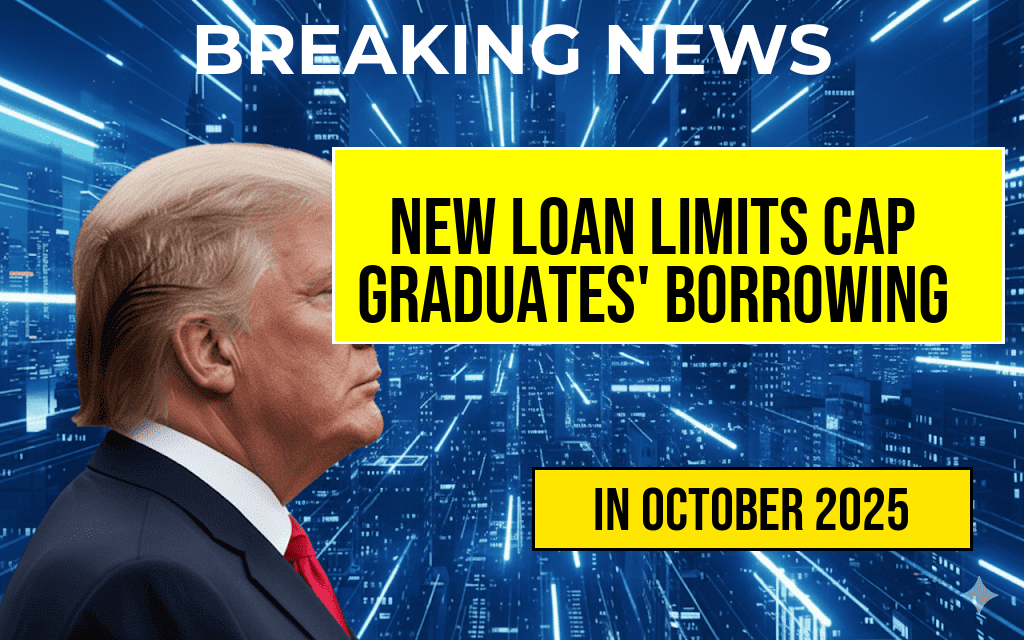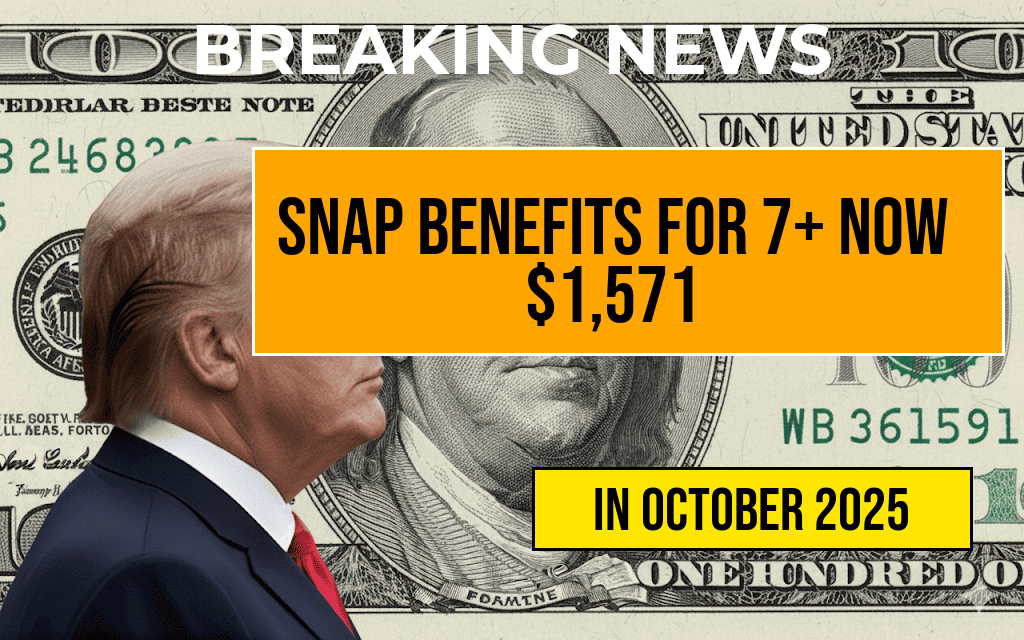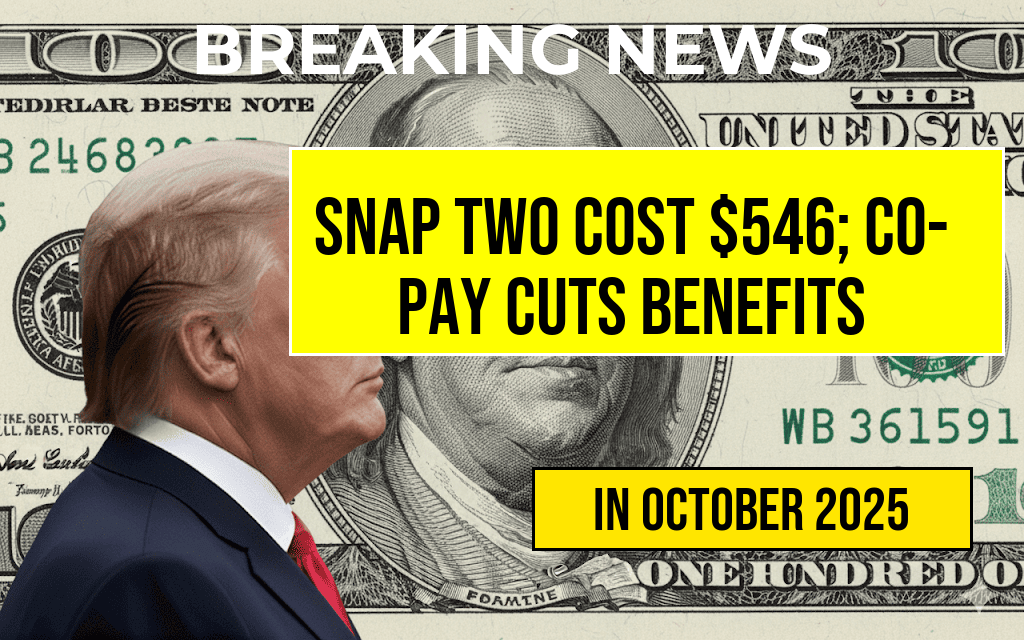New Federal Loan Limits for Graduates: Annual Cap at $20,500 and Total Borrowing Restricted to $100,000
Starting immediately, college graduates seeking federal student loans will encounter tighter borrowing limits designed to curb excessive debt. The Department of Education announced that the maximum annual loan amount borrowers can access is now set at $20,500, with a cumulative borrowing cap of $100,000. These restrictions aim to promote responsible borrowing and reduce the financial burden faced by graduates entering the workforce. While the move has garnered support from debt advocacy groups, critics argue it may hinder some students’ ability to finance higher education, especially those pursuing advanced degrees or attending costly institutions. This policy shift reflects a broader effort to balance access to education with long-term financial stability for borrowers.
Details of the New Loan Limits
| Loan Type | Annual Limit | Cumulative Limit |
|---|---|---|
| Direct Unsubsidized Loans | $20,500 | $100,000 |
The new policy applies to all federal Direct Loans for graduate and professional students, including those pursuing master’s, doctoral, or professional degrees. Previously, the annual limit for these loans was higher, often around $40,500, depending on the program and year in school. The cap on total borrowing remains at $100,000, which encompasses all federal student loans accumulated over a borrower’s academic career.
Rationale Behind the Policy Shift
Officials from the Department of Education emphasize that the primary goal is to promote responsible borrowing and prevent graduates from accruing unsustainable debt levels. “We want to support students in financing their education without trapping them in long-term financial hardship,” said a department spokesperson. The move aligns with recent efforts to address the rising student debt crisis, which has become a significant concern for policymakers and economic analysts alike (Wikipedia).
By capping annual borrowing, the government aims to encourage students to seek alternative funding sources, such as scholarships, work-study programs, or part-time employment. The policy also intends to motivate institutions to reassess tuition costs and expand affordability initiatives.
Impact on Borrowers and Higher Education
The new limits may influence how students plan their educational paths. For some, especially those pursuing advanced degrees or attending private institutions with high tuition, the caps could restrict access to necessary funding. Critics argue that these restrictions might delay graduation timelines or force students to take on additional private loans at higher interest rates, potentially increasing overall debt burdens.
Responses from Stakeholders
- Student Advocates: Many welcome the move as a step toward sustainable debt levels. “Limiting borrowing helps students avoid debt spirals that can follow them into their careers,” said Lisa Ramirez, director of the National Student Debt Coalition.
- Higher Education Institutions: Some colleges express concern that the caps could limit access for lower-income students and restrict their ability to pursue graduate studies.
- Financial Industry Experts: Analysts caution that the changes may decrease demand for federal loans, potentially impacting the lending industry and associated financial services.
Alternatives and Support Measures
To offset potential limitations, students are encouraged to explore scholarships, grants, and work-based aid programs. The federal government continues to endorse income-driven repayment plans and loan forgiveness options aimed at reducing long-term debt burdens for qualified borrowers (StudentAid.gov).
What This Means Moving Forward
While the new loan limits may prompt some reevaluation of educational financing strategies, they also mark a shift toward greater financial prudence among federal borrowers. As the landscape of higher education evolves, both students and institutions will need to adapt to these changes, balancing the pursuit of academic goals with long-term financial health.
Frequently Asked Questions
What are the new annual loan limits for college graduates?
The new loan limit for graduates is set at $20,500 annually, reducing previous borrowing allowances to help manage student debt.
How does the new policy affect the total borrowing cap for graduates?
Under the new regulations, the total borrowing limit for graduates is capped at $100,000, encouraging more responsible borrowing and reducing long-term debt.
Why were these new loan limits implemented?
The limits were introduced to promote financial responsibility, prevent excessive student debt, and ensure manageable repayment for graduates.
Are there any exceptions to the new loan cap for certain fields of study?
Currently, the loan limits apply universally to all graduates, with no specific exceptions based on field of study, although this may be reviewed in future policy updates.
How will these changes impact recent graduates seeking to finance their education?
Recent graduates will need to plan their financing carefully within the new limits, potentially seeking alternative sources of funding or scholarships to cover additional costs.










